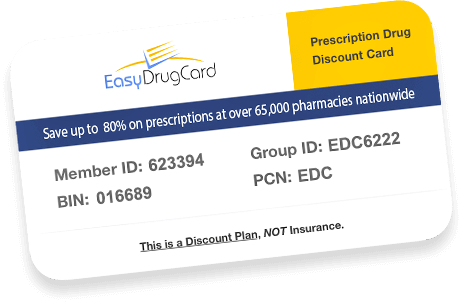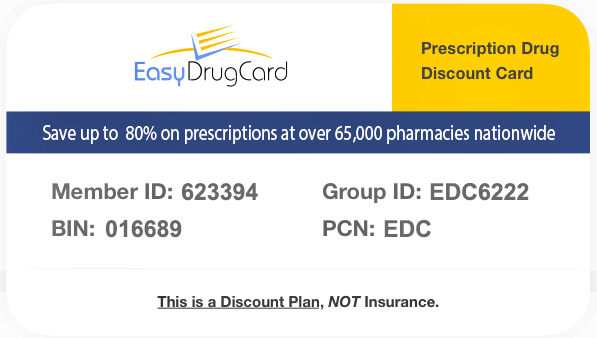Asthma is a lung disease that causes repeated episodes of wheezing, breathlessness, chest tightness, and coughing – usually during the nighttime or early morning. Controlling asthma and its symptoms is possible through medications and removing its triggers in your life that acerbates your condition. Speak to your doctor about whether or not you have asthma.
Are you affected?
According to the most recent studies by the National Center for Health Statistics (NCHS) and the Vital Statistics System, asthma affects 8.3% of children and 7% of adults in the United States. Females are more likely to develop the disease (8.3% versus 6.2% in males), and race/ethnicity plays a role as well. Nearly 5.9% of Hispanics, 7.4% of Blacks, and 7.4% of Whites regularly experience the symptoms of asthma.
Common asthma triggers include tobacco smoke, dust mites, pets, mold, outdoor pollution, pollens and other allergens.
Develop a Plan of Action
If you suffer from asthma, speak with your doctor or allergy specialist to create a personalized asthma action plan to control your symptoms. The asthma action plan should outline your daily treatment and include the medications you take (how often and when). Also, your plan should describe how to control both long and short-term treatments and how to control worsening asthma and/or asthma attacks. The plan should explain when to call the doctor and when to seek emergency medical treatment.
If your child has asthma, be sure all caregivers are aware of the symptoms to look for and when to act. Caregivers should include teachers, babysitters, daycare workers, camp counselors, and anyone your child interacts with outside of your presence. This could include friends and neighbors your child spends time with.
Do not make medication changes without first discussing it with your doctor. Always consult your medical professional for advice and consultation about your particular medical history and situation.
Call 911 if it is a medical emergency.
The National Heart, Lung, and Blood Institute (NIH) has developed a standard Asthma Action Plan available here: Click here for the NIH Asthma Action Plan
What does an Asthma Attack look like?
An asthma attack may include coughing, chest tightness, wheezing, and trouble breathing. The attack is focused on your body’s airways carrying air to and from your lungs. As the air moves through your lungs, the airways become smaller (think of branches on a tree). During an asthma attack, the walls of these airways in your lungs swell and the airways get narrower allowing less air to get in or out. Mucous can also clog the airway making it harder to breathe.
Be Aware of your Asthma Warning Signs and Triggers
Knowing the warning signs of an asthma attack and avoiding asthma triggers is important to limiting the attack from getting worse. It’s important to know that everyone with asthma does not take the same medicine. You need to speak with your doctor to know exactly what type of medication you need and how and when to take it.
Quick-relief and Long-term Control
Quick-relief medicines, also called rescue drugs, control the symptoms of an asthma attack and should not be used as a long-term treatment. If you need to use your quick-relief medicines often, visit your doctor to see if you need a different medicine. Quick-relief medicines work fast to control asthma symptoms and can be taken when you are coughing, wheezing, having trouble breathing, or having an asthma attack. These medicines are called “bronchodilators” because they open (dilate) and help relax the muscles of your airways (bronchi) allowing you to breathe easier.
Some quick-relief asthma medicines include:
- Albuterol (ProAir HFA, Proventil HFA, Ventolin HFA)
- Levalbuterol (Xopenex HFA)
- Metaproterenol
- Terbutaline
Quick-relief asthma medicines may cause these side effects:
- Anxiety
- Tremors (your hands or another part of your body may shake)
- Restlessness
- Headache
- Fast and irregular heartbeats. Call your doctor right away if you have this side effect.
Long-term control medicines may help you have fewer and milder attacks, however they do not help you during an asthma attack.
Oral steroids are not quick-relief medicines, but are often given for 7 to 14 days when your symptoms flare-up.
Oral steroids include:
- Prednisone
- Prednisolone
- Methylprednisolone
Sample Table of Common Asthma Medications
| Type | Brand Name(s) | Generic Name |
| Long Term Control | Xolair® | Omalizumab |
| Long Term Control | Accolate® | Zafirlukast |
| Long Term Control | Advair Diskus®, Advair® HFA | Fluticasone and Salmeterol |
| Long Term Control | AeroBid®, Aerospan HFA® | Flunisolide |
| Long Term Control | Alvesco® | Ciclesonide |
| Long Term Control | Asmanex® Twisthaler® | Mometasone |
| Long Term Control | Azmacort® | Triamcinolone |
| Long Term Control | Combivent®, DuoNeb® | Ipratropium and Albuterol |
| Long Term Control | Flovent HFA®, Flovent Diskus® | Fluticasone |
| Long Term Control | Foradil® Aerolizer | Formoterol |
| Long Term Control | Pulmicort Flexhaler®, Pulmicort Respules® | Budesonide |
| Long Term Control | QVAR® | Beclomethasone |
| Long Term Control | Singulair® | Montelukast |
| Long Term Control | Symbicort | Budesonide and Formoterol |
| Long Term Control | Zyflo®, Zyflo CR® | Zileuton |
| Long Term Control | Serevent Diskus® | Salmeterol |
| Quick Relief | Deltasone®, Prednicot, Sterapred; Medrol; Cotolone, Millipred DP, Millipred, Prelone® |
Prednisone; methylprednisolone; prednisolone |
| Quick Relief | Brethine® | Terbutaline sulfate |
| Quick Relief | Epinephrine Mist®, Adrenaclick®, Adrenalin®, Adrenalin Chloride®, S2®, EpiPen Jr®, Twinject®, Epipen®, Micronefrin® |
Epinephrine |
| Quick Relief* | Alupent® | Metaproterenol |
| Quick Relief* | Maxair® Autohaler® | Pirbuterol |
| Quick Relief* | Ventolin® HFA, Accuneb®, Proventil® HFA, Proair® HFA, VoSpire ER® | Albuterol |
| Quick Relief* | Xopenex®, Xopenex HFA | Levalbuterol |
* Not recommended for everyday use
Remember to always talk to your doctor about your specific asthma symptoms for medical advice.
If you take or need any of these medications and you are currently paying full price at your local pharmacy you can download our Easy Drug Card prescription discount card today. Our card allows users to save up to 75% off the cost of their medications at over 65,000+ participating pharmacies nationwide. There is no cost to getting our free card.











